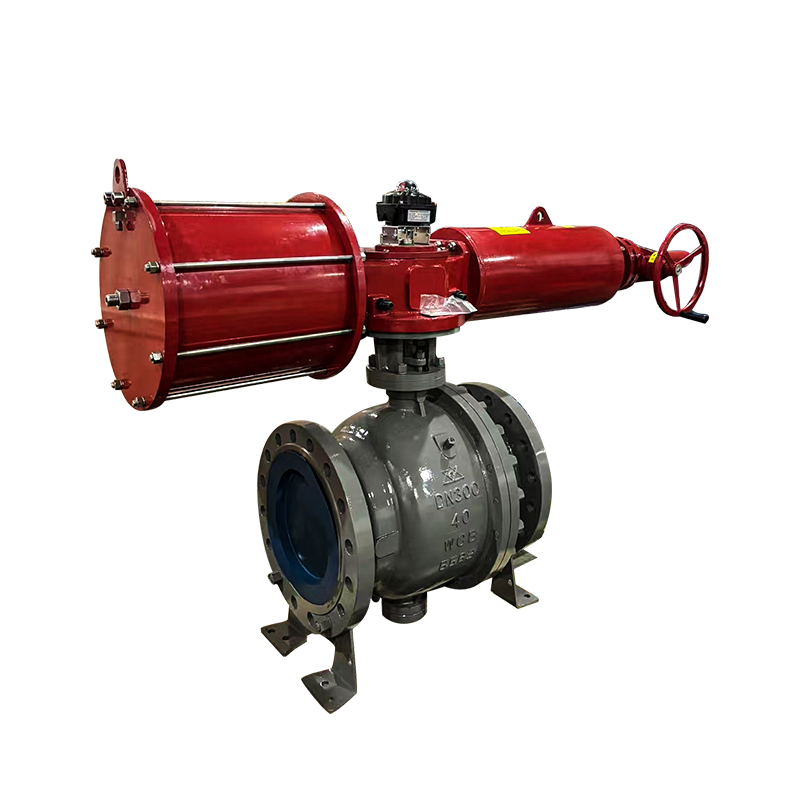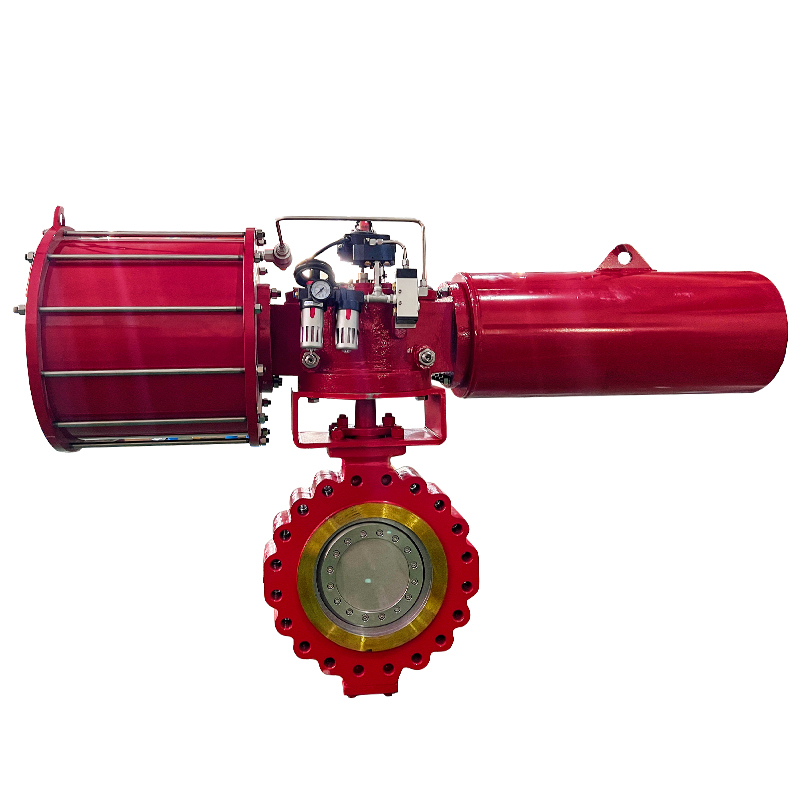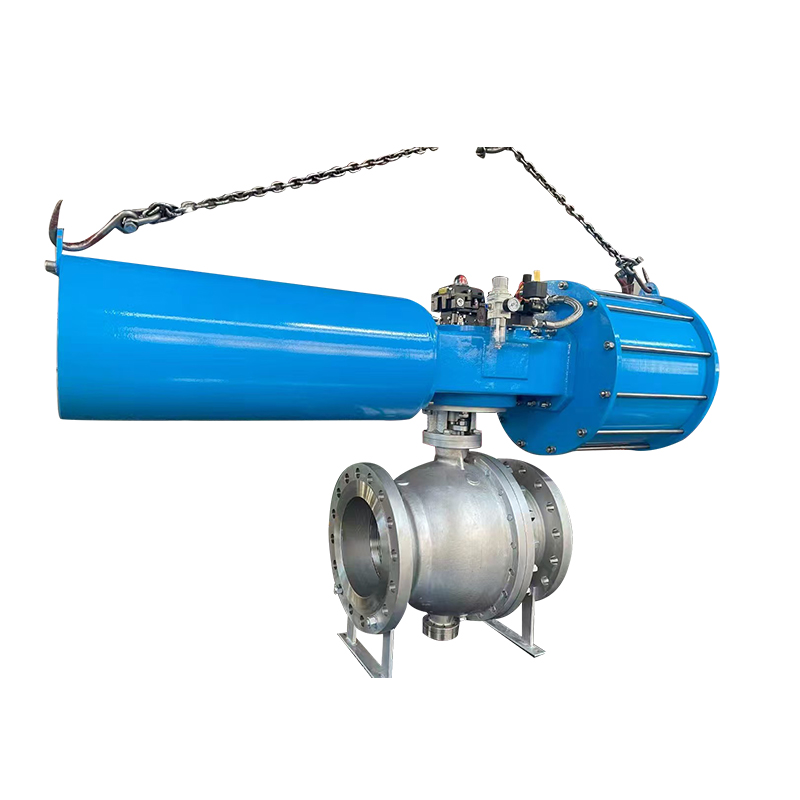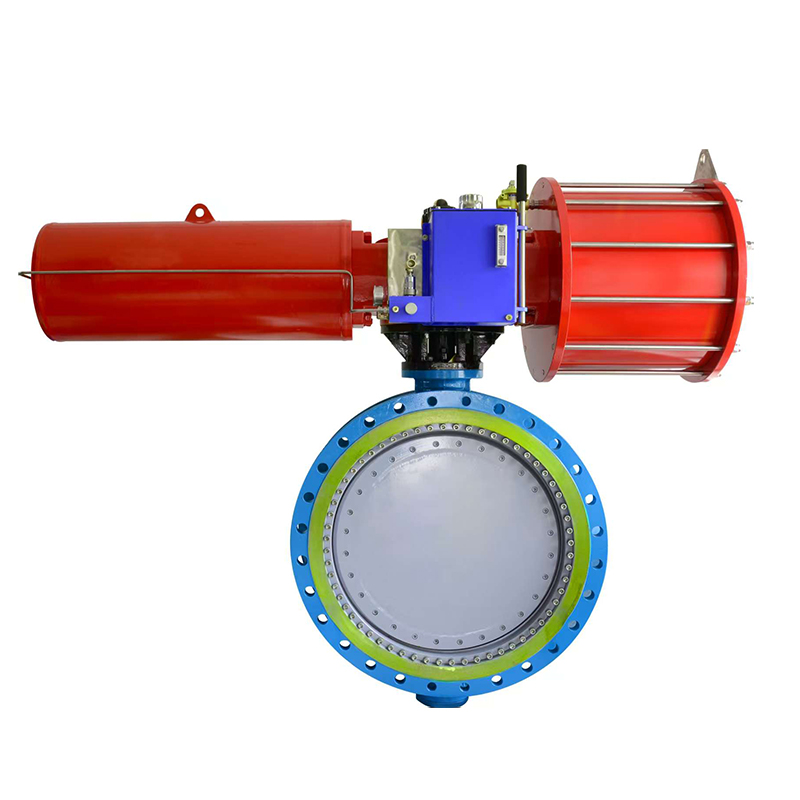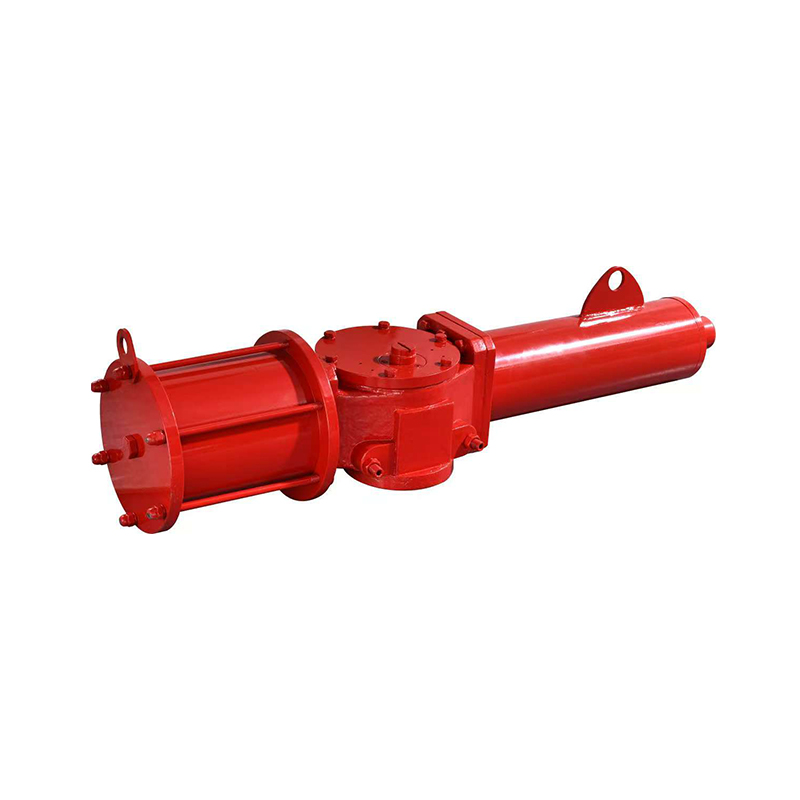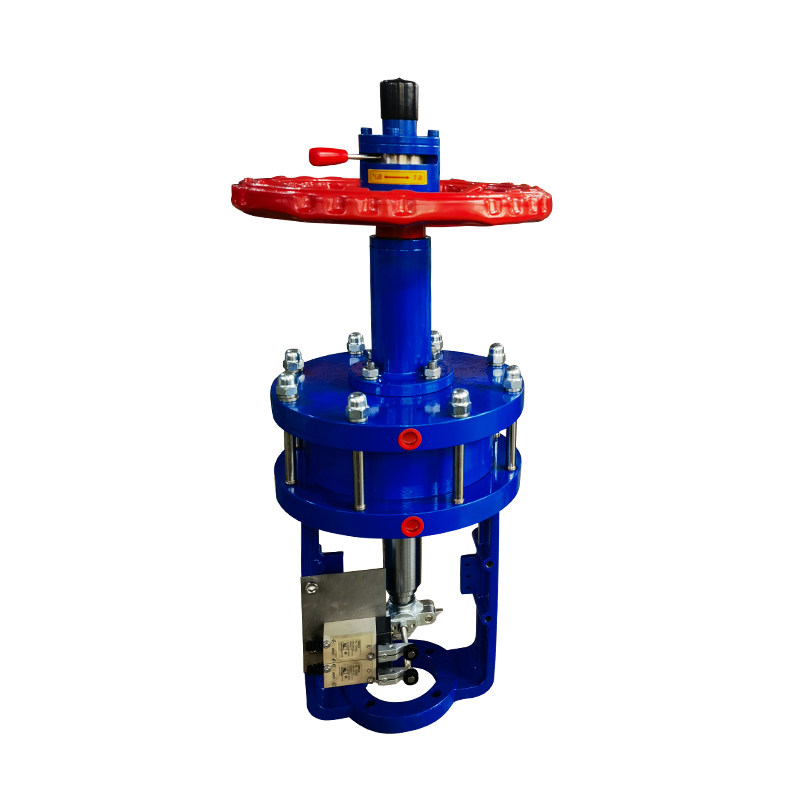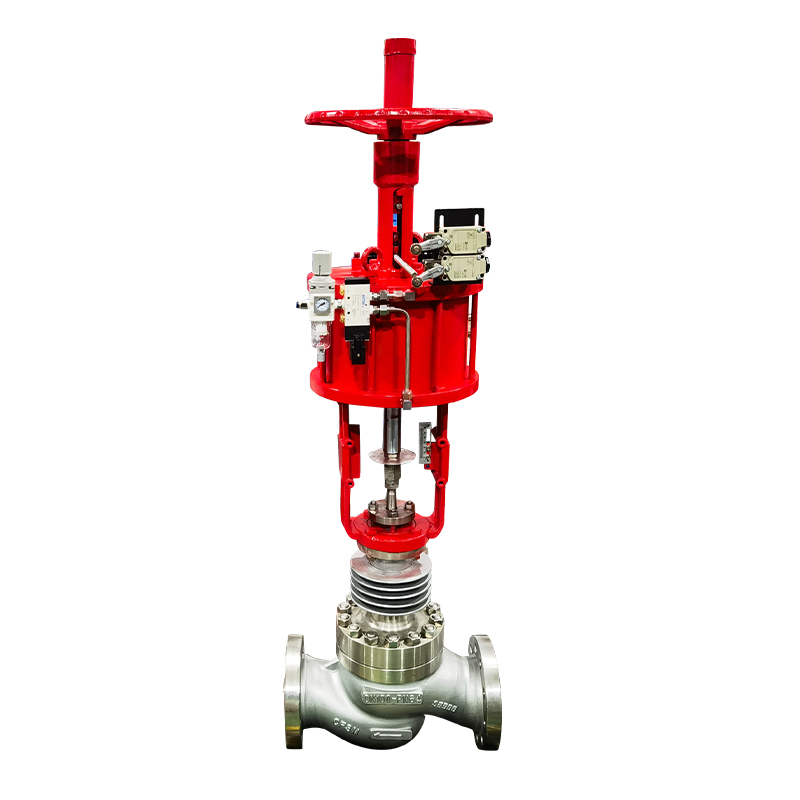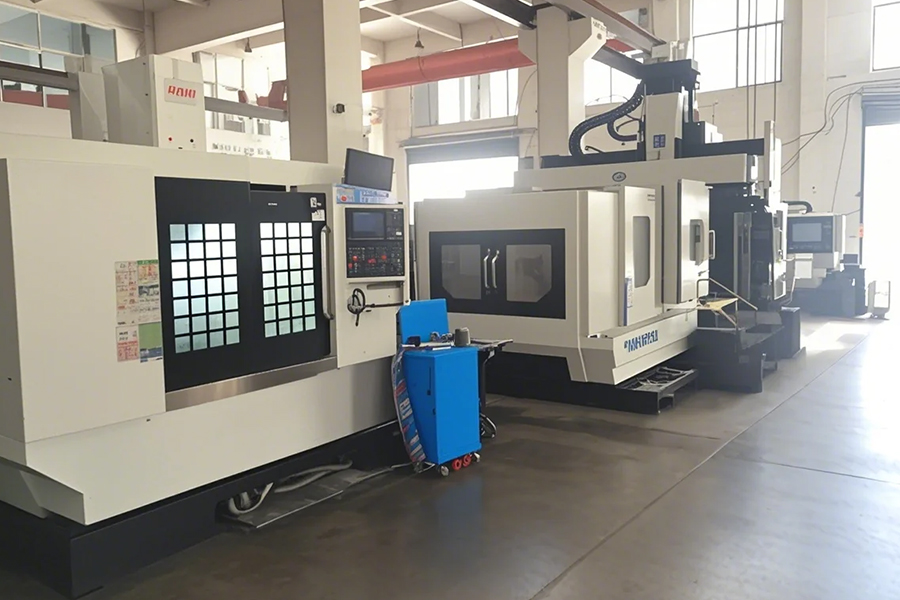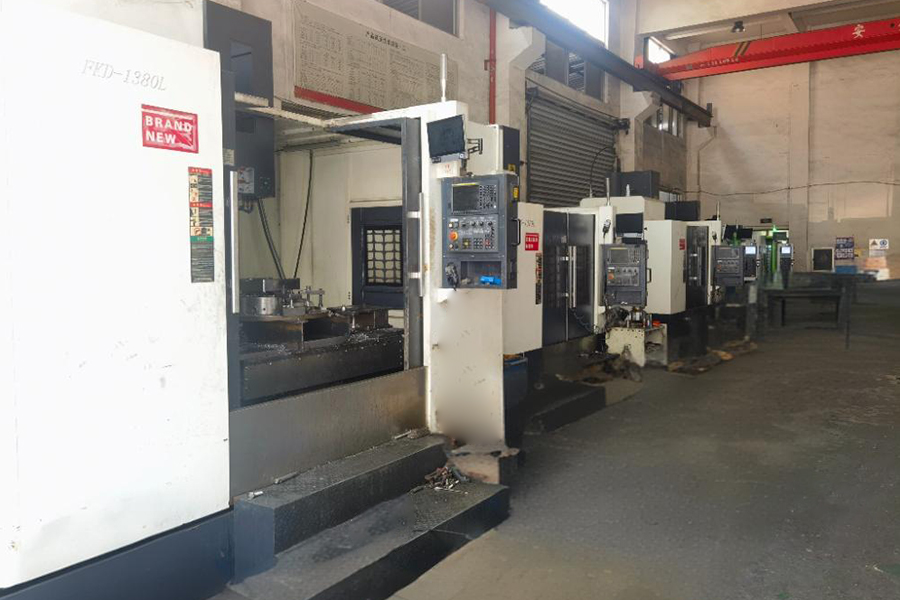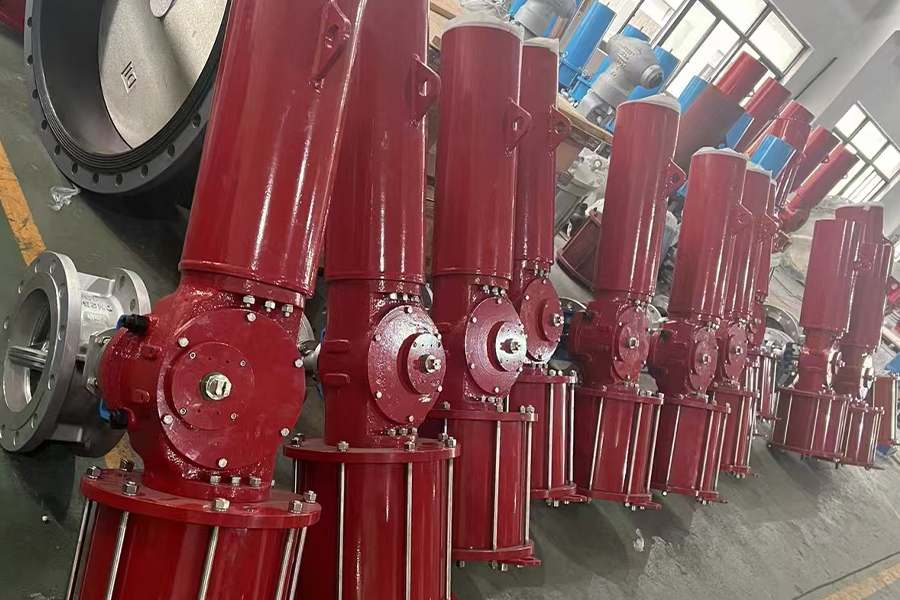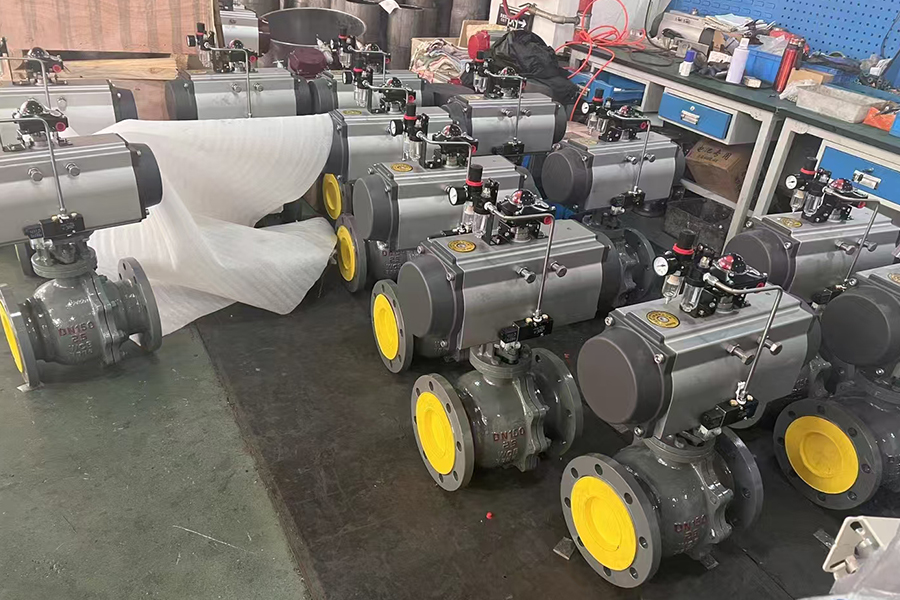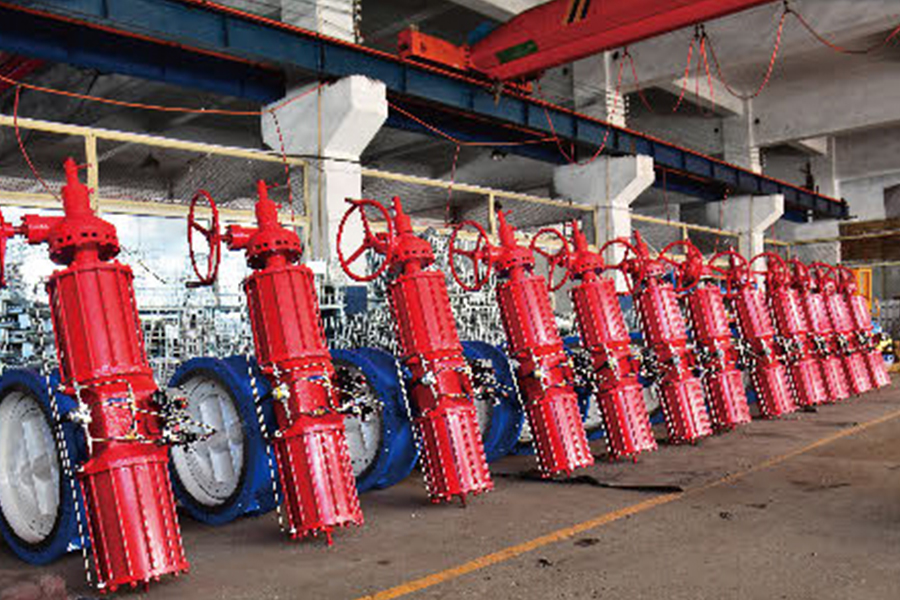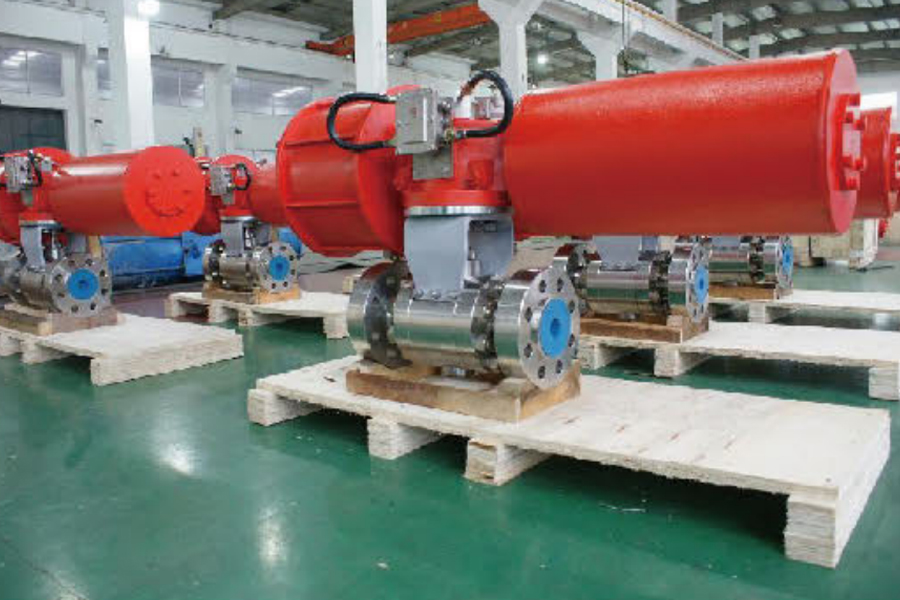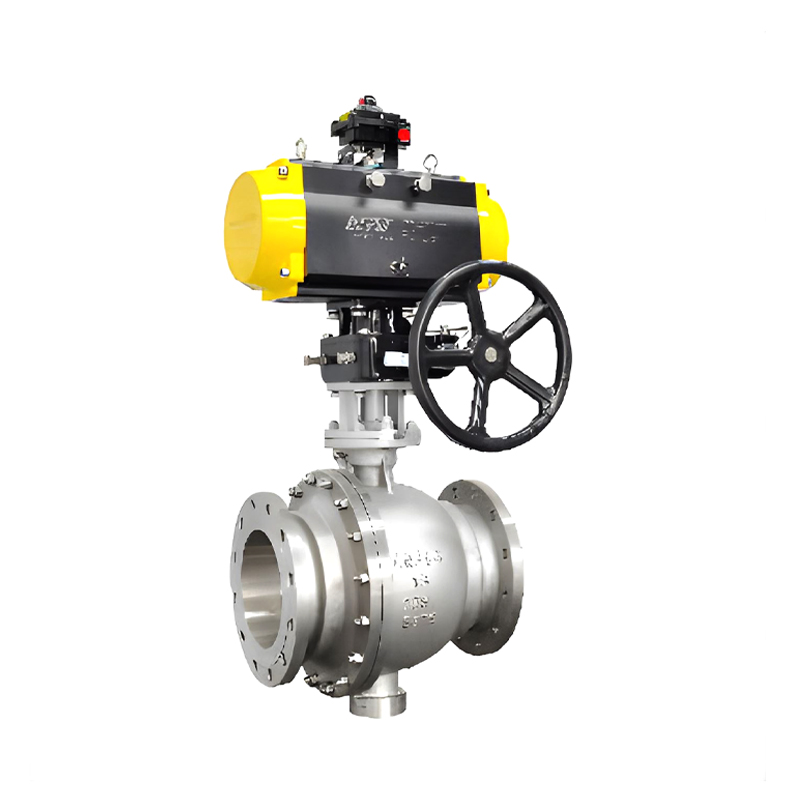
Pneumatic ball valves have become increasingly common in various industrial applications due to their simple design and efficient operation. These valves use compressed air to rotate a ball inside the valve body, allowing for the control of fluid flow. When considering high-pressure systems, it is essential to evaluate whether pneumatic ball valves can perform reliably and safely under demanding conditions.
One of the main considerations for using pneumatic ball valves in high-pressure systems is the valve's construction. Typically, a pneumatic ball valve factory produces valves using materials like stainless steel, carbon steel, or other durable alloys. These materials provide the mechanical strength needed to withstand elevated pressures. Additionally, the sealing components, often made from PTFE or other engineered plastics, must be able to endure pressure fluctuations without deforming or leaking. Choosing the right materials for both the body and the internal seals is critical to ensure consistent performance under high-pressure conditions.
Another important factor is the valve's design. Pneumatic ball valves usually feature a floating or trunnion-mounted ball. Floating ball designs are common in smaller valves and moderate pressure applications. However, in high-pressure systems, a trunnion-mounted ball can be advantageous because it provides additional support to the ball, reducing wear on the seals and the effort required to operate the valve. A pneumatic ball valve factory will often provide specifications indicating the maximum working pressure, helping engineers select valves appropriate for their system requirements.
The actuation mechanism also plays a key role in high-pressure applications. Pneumatic actuators use air pressure to rotate the valve ball, which can be quicker and safer than manual operation, particularly in systems where valves must be frequently opened and closed. In high-pressure systems, the actuator must be strong enough to overcome the friction and resistance created by the pressurized fluid. Proper sizing of the actuator ensures smooth operation and reduces the risk of valve damage or failure.
Maintenance and reliability are additional aspects to consider. Pneumatic ball valves generally require less maintenance than other valve types, as they have fewer moving parts. However, in high-pressure systems, the forces exerted on the valve can increase wear over time. Regular inspection of seals, actuators, and body integrity is necessary to maintain safe operation. Many pneumatic ball valve factories provide guidelines for maintenance intervals and procedures, ensuring that the valves continue to function effectively in demanding environments.
It is also worth noting that installation and system design can affect how well a pneumatic ball valve handles high pressures. Proper support of piping, avoidance of sudden pressure surges, and adherence to manufacturer-recommended torque settings are crucial for preventing leaks or mechanical failure. Consulting with the valve supplier and referring to the factory's specifications can help ensure that the selected valve will operate reliably under the expected pressure conditions.
Pneumatic ball valves can be suitable for high-pressure systems if the materials, design, actuator, and installation practices are carefully considered. A pneumatic ball valve factory typically provides detailed technical specifications to guide the selection process. By understanding the limitations and capabilities of these valves, engineers can integrate them into high-pressure applications with confidence, achieving effective flow control while maintaining system safety. Proper maintenance and attention to operating conditions are essential for long-term performance, making pneumatic ball valves a practical option in many industrial settings.








